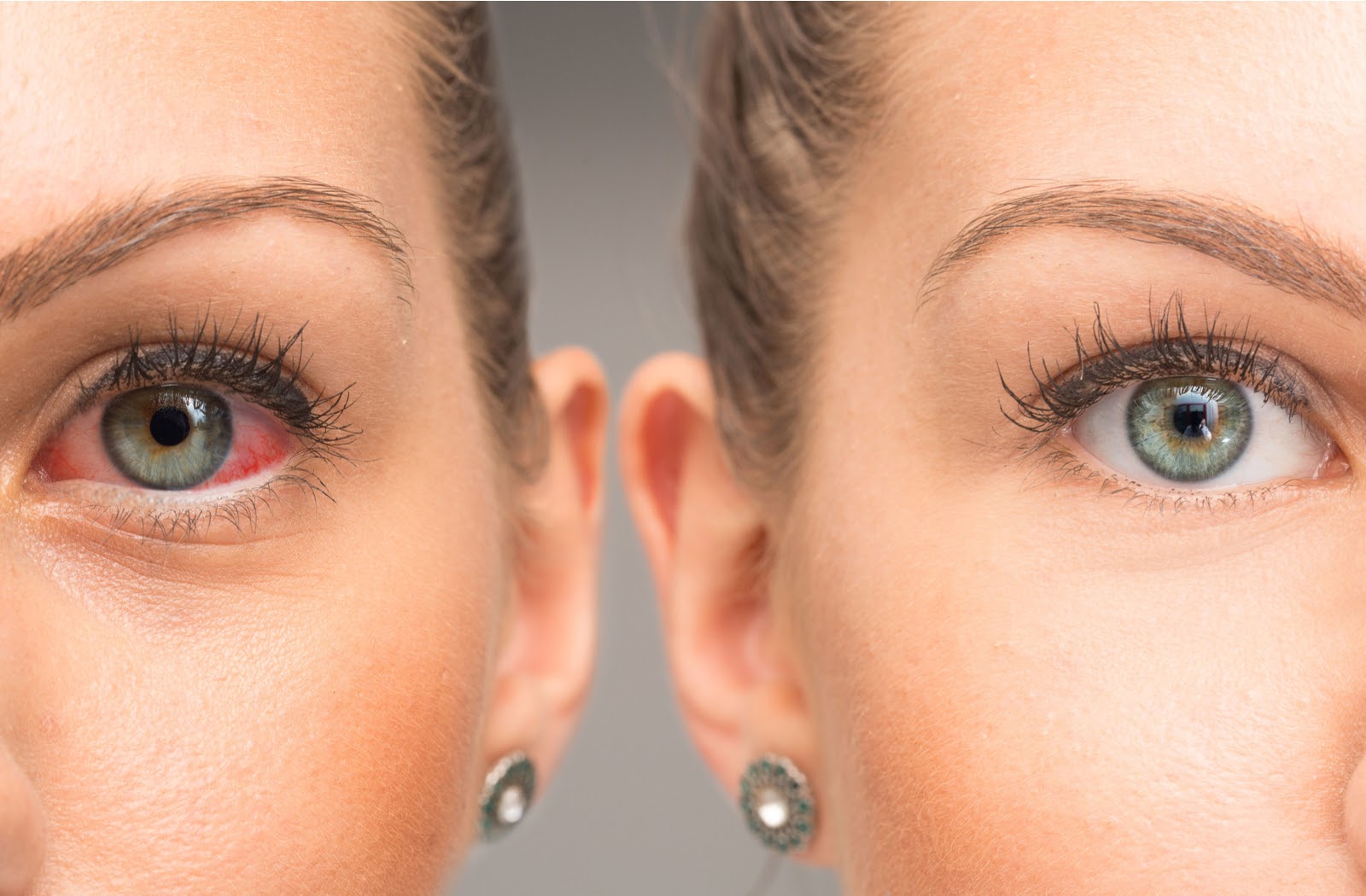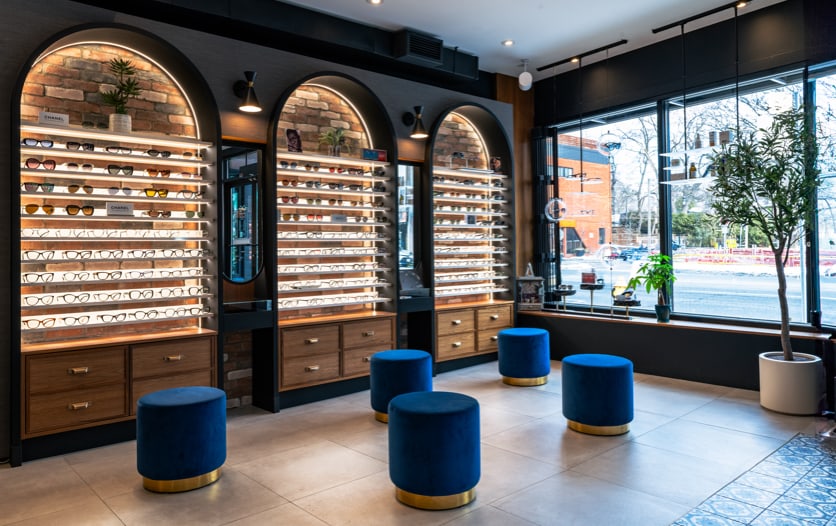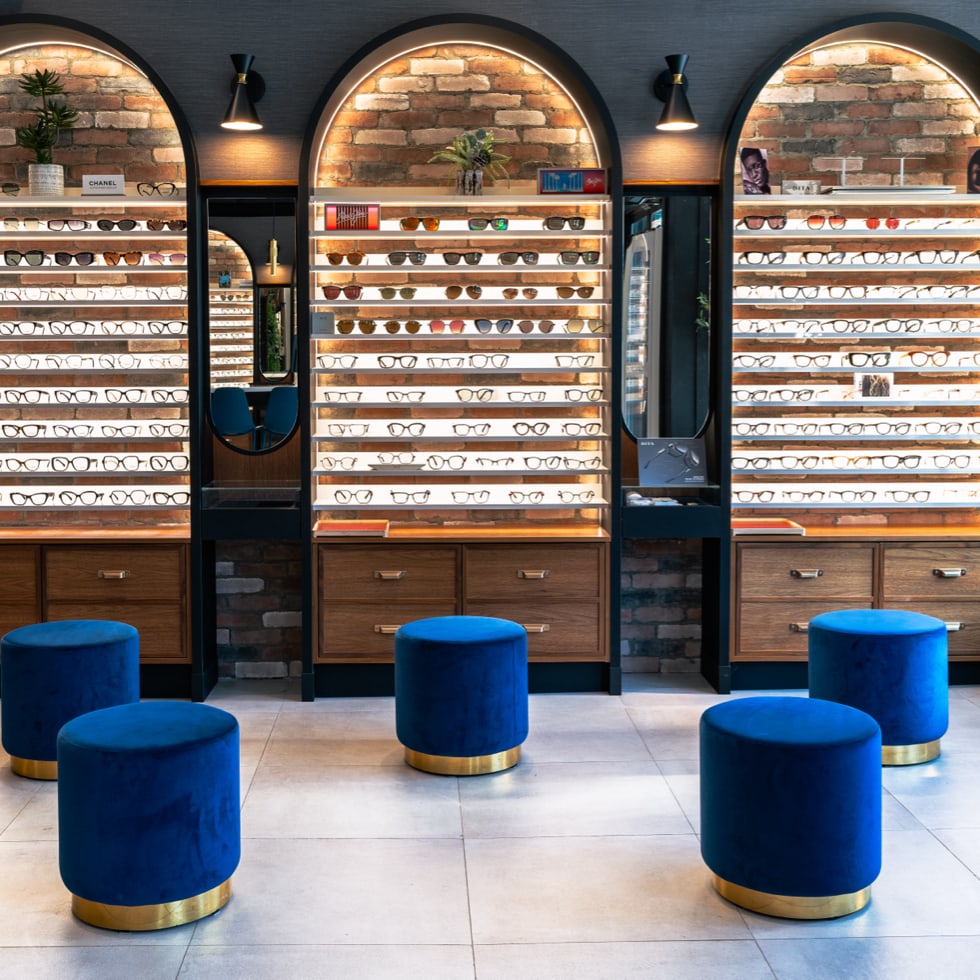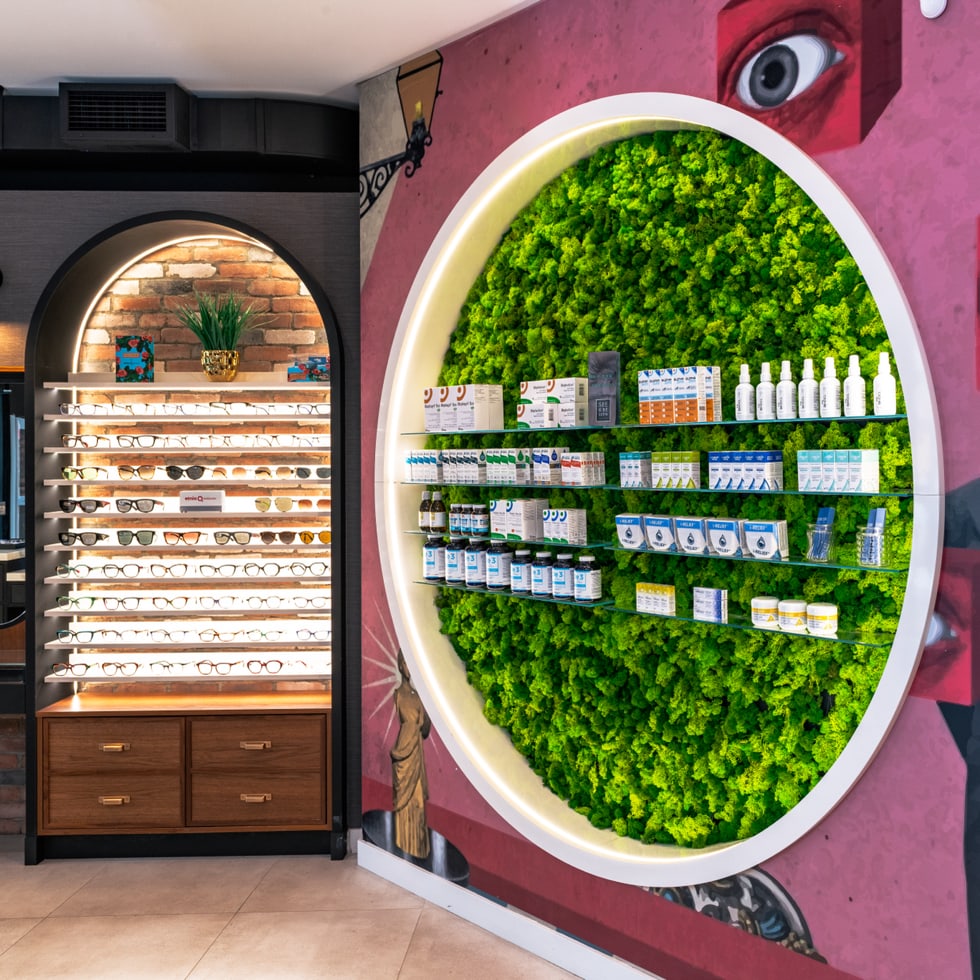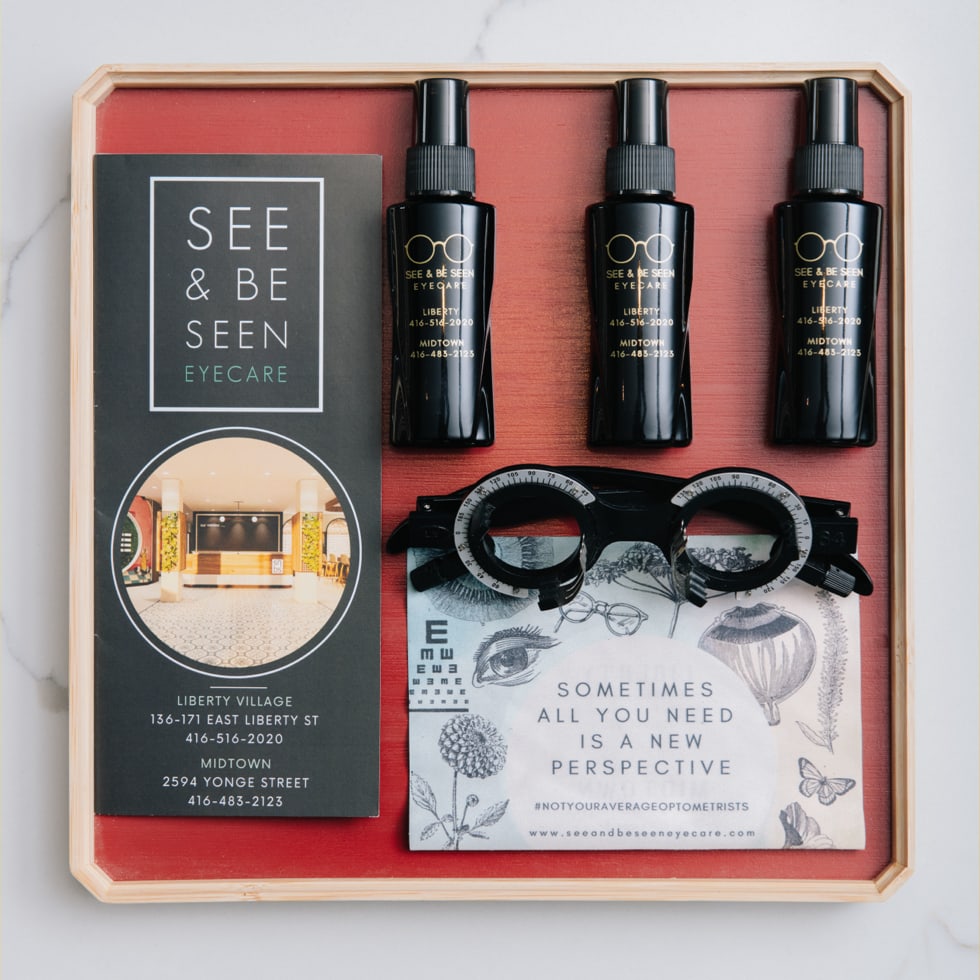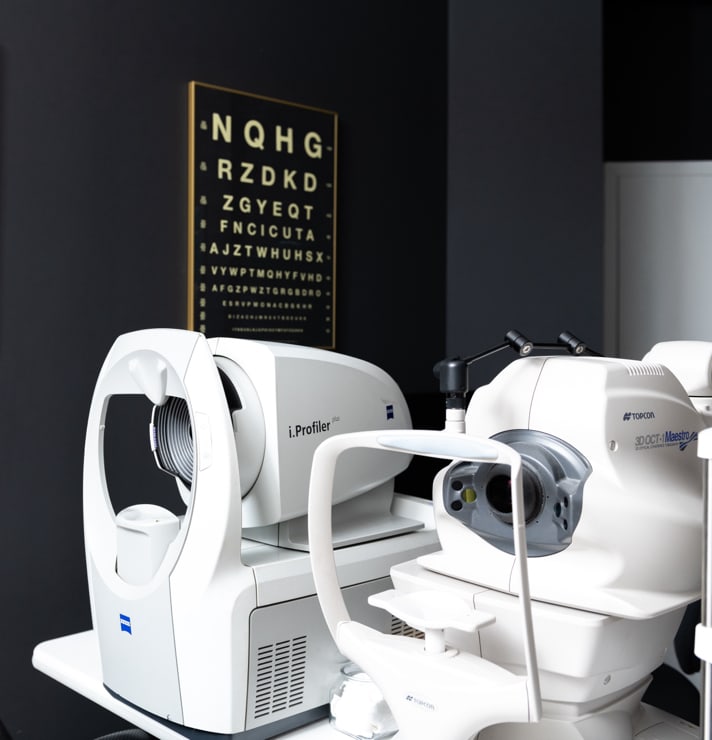Dry eye disease is very common. Studies estimate it impacts 30% of people over the age of 50 and approximately 6 million Canadians overall.
There are a variety of environmental and lifestyle factors that contribute to chronic dry eye disease. Meibomian gland dysfunction is the leading cause of dry eye disease.
There are some innovative treatments available, particularly if you have meibomian gland dysfunction. Read on to learn more about meibomian gland dysfunction and how Intense Pulsed Light (IPL) therapy can help.
Dry Eye Disease
Chronic dry eye disease is uncomfortable and can lead to a decrease in your quality of life. The condition can also lead to long-term vision problems, so comprehensive eye exams are vital to maintaining health and sight.
Symptoms
If you have any of the following symptoms, you may have chronic dry eye:
- Burning or scratching sensation
- Blurred vision
- Watery eyes
- Foreign body sensation
- Light sensitivity
- Sensitivity to light
Causes
The normal aging process, hormonal changes, or medications can cause dry eye disease. Lifestyle factors and dry or smoky environments can also play a role.
There are two main underlying issues that lead to dry eye disease — aqueous deficiency or evaporative dry eye.
Evaporative dry eye accounts for most of the cases (up to 85%) of chronic dry eye and it’s caused by meibomian gland dysfunction.
What is Meibomian Gland Dysfunction?
Meibomian gland dysfunction occurs when the tiny glands located in your eyelids aren’t functioning properly. In order to understand what role these glands play in dry eye disease, we first must understand the eye’s tear film.
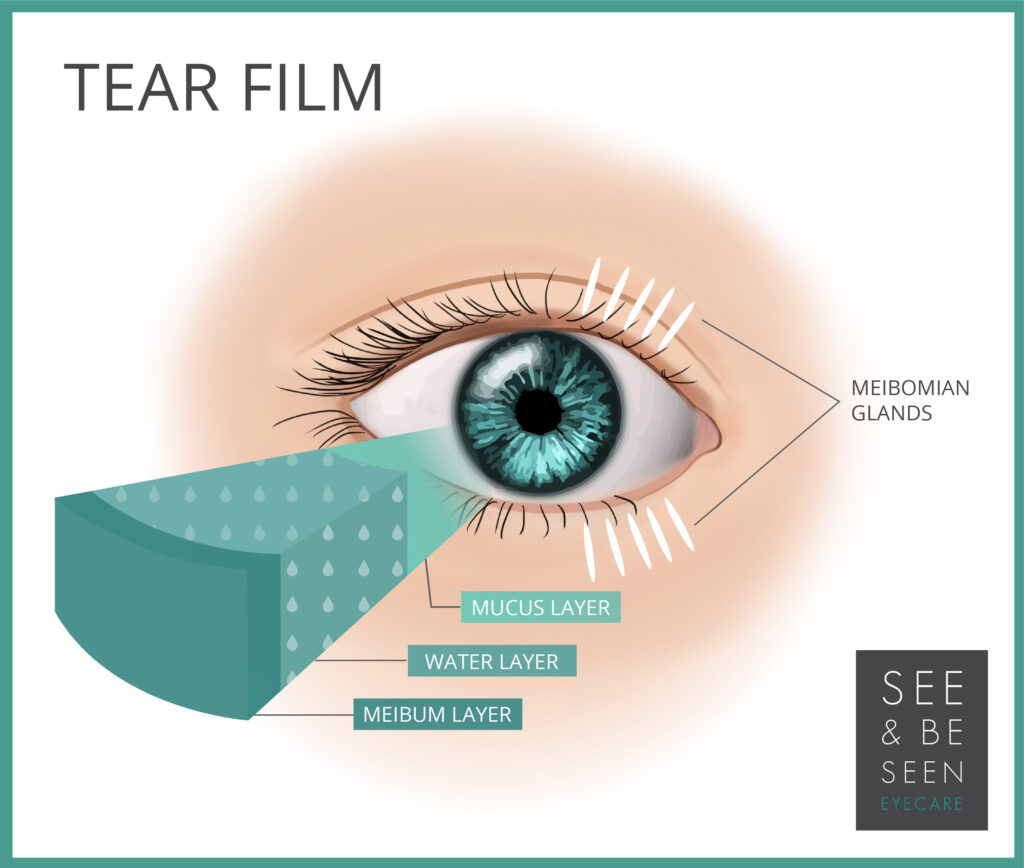
The Tear Film
Your tears are made up of three layers: oil, water, and mucus. The mucus helps to spread the water evenly over the surface of the eye. The oil, also known as meibum, prevents the water from evaporating too quickly.
The meibomian glands produce the meibum. If these glands become blocked, your tears might dry up before they can adequately lubricate the eye.
Is Meibomian Gland Dysfunction Serious?
When your meibomian glands are blocked, the eyelid area can become sore and itchy. The blockages can lead to uncomfortable dry eye symptoms. They can also lead to blepharitis, an unsightly condition characterized by inflammation of the eyelids.
If meibomian gland blockages are not treated, they may never function properly again. When the eyes dry out, permanent damage can occur to the surface of the eye. Corneal abrasions, ulcers, and vision loss may occur.
When the meibomian glands don’t express meibum properly, the tissues around the eye and eyelid can become inflamed. The inflammation can lead to bumps, lumps, or points of swelling on the eyelid known as chalazia.
Meibomian glands can also become infected, leading to an internal or external stye. Styes are usually painful, while chalazia are generally not.
It’s important to get meibomian gland dysfunction treated at your optometrist, before it leads to any complications.
What is Intense Pulsed Light (IPL) Therapy?
Originally developed for use in dermatology, Intense Pulsed Light (IPL) Therapy is an innovative way to treat meibomian gland dysfunction. Light is used to help to liquefy the meibum, softening it so it can be expressed.
The light also targets the blood vessels around the eye, decreasing inflammation.
The treatment takes place at your optometrist’s office. An experienced optometrist takes into account your specific physical characteristics and overall health and adjusts the light, wavelength, and pulse rate and duration.
Breaking The Cycle of Dryness
Chronic dry eye disease is a vicious cycle. Meibomian gland dysfunction can lead to dry eye disease, which can lead to inflammation, which can lead to microbial growth, which can lead to infection. If you have an eye infection, it might cause more blockages in the meibomian glands, which in turn leads to more dry eye symptoms.
Styes, blepharitis, and clogged glands can all continuously feed off of each other. IPL can help to break this cycle and provide you with lasting relief.
Benefits of IPL
There are many benefits to IPL therapy:
- The non-invasive nature of the procedure
- Very few complications
- Results that can be maintained
- Well-tolerated among most patients
I Want To Get IPL Therapy!
The first step to dry eye relief is a visit to your optometrist. An optometrist who specializes in dry eye can give you a dry eye exam. Your particular condition will be evaluated and your optometrist will provide you with a specialized treatment plan.
If your plan includes IPL, you’ll be scheduled for a series of treatments. Cooling gel will be applied around the area where light will be used. Your eyes will be protected from the light with specialized shields.
You might feel some warmth but most patients are quite comfortable during the entire procedure. When it’s over, your optometrist might manually express some meibum from your glands, particularly if you have a stye during your visit.
Relief Is On The Way
After receiving an IPL treatment, you might have some blurry vision, but that’s a good sign. It means your meibomian glands are expressing more oil than normal. They’re getting back to a proper level of function and any blurriness should clear up shortly.
Your optometrist will be able to provide you with more information about IPL and discuss whether it’s right for your unique dry eye situation.

